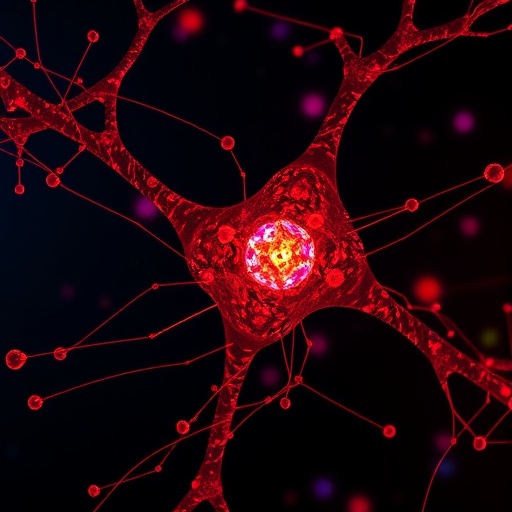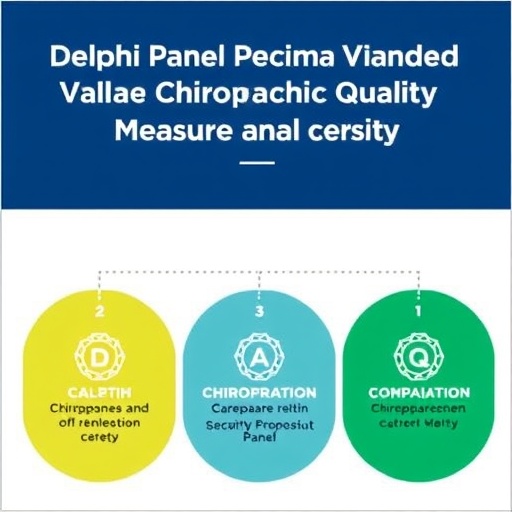KINGSTON/SUDBURY – New research, submitted for publication by the PICO Collaboration, has produced new direct-detection constraints on the existence of WIMPs (weakly interacting massive particles) – a type of subatomic particle believed to be a leading contender for the elusive dark matter. The study, co-led by Queen's University physicist Anthony Noble, represents a significant improvement on previous detection constraints, and a substantial step forward in the search for dark matter.
Dr. Noble is the Canadian principal investigator on PICO. He explains that the new detection limits will help narrow the focus of future detection efforts and will guide the design of future experiments that will offer greater sensitivity and a greater likelihood of dark matter detection.
"We are extremely excited about these results," says Dr. Noble. "Not only have we established a new world-leading limit for dark matter interactions, but we have also demonstrated that with sufficient controls the bubble chamber technology can be run free of backgrounds that could mimic the signal. This bodes very well for the future as the collaboration is poised to launch a new tonne scale detector based on this technology. This new detector, dubbed PICO 500, will have an order of magnitude greater physics capability and will explore a vast swathe of the parameter space predicted by dark matter theories."
The PICO-60 experiment is currently the world's largest bubble chamber in operation. It is filled with 45 litres of octafluoropropane – a target fluid used to detect WIMP interactions. The detector maintains the target fluid in a superheated state such that, when dark matter particles interact with the fluorine in the fluid, the ever so slight energy deposit triggers the fluid to begin to rapidly boil at that location and creates a bubble in the chamber. Cameras and acoustic sensors around the chamber observe the bubble formation and evolution, and are used to improve the ability to distinguish between possible dark matter interactions and other background sources when analysing the data.
"Queen's researchers have long been at the cutting edge of discoveries in the field of particle astrophysics," says John Fisher, Acting Vice-Principal (Research) at Queen's. "This finding by the PICO experiment continues to reflect that leadership and represents a tremendous leap forward in the hunt for the most elusive matter in our universe."
Queen's University is home to Arthur McDonald, co-recipient of the 2015 Nobel Prize in Physics for his groundbreaking research on neutrinos, as well as Gilles Gerbier, the Canada Excellence Research Chair in Particle Astrophysics. The finding announced today continues a legacy of scientific breakthroughs and world-leading research that has cemented Queen's reputation at the forefront of the field. In 2016, the Canada First Research Excellence Fund provided Queen's with a significant investment to support the creation of the Canadian Particle Astrophysics Research Centre (CPARC). The centre will help facilitate a number of leading-edge projects, including the current and future upgrades to the PICO experiment, which will allow Queen's and its partner institutions to continue on this trajectory of research excellence.
The paper, titled Dark Matter Search Results from the PICO-60 C3F8 Bubble Chamber, has been submitted for peer review and is available online on arXiv.
###
About PICO:
PICO is an international collaboration consisting of 17 partner institutions, operating two bubble chamber experiments at Sudbury, Ontario's SNOLAB facility. Located 2 kilometers underground in an active nickel mine, SNOLAB is one of only a handful of underground laboratories worldwide capable of supporting the current and future generations of subatomic and astroparticle physics experiments, seeking to unlock the mysteries of the universe.
About Queen's University:
Queen's distinguishes itself as one of the leading research-intensive institutions in Canada. The mission is to advance research excellence, leadership and innovation, as well as enhance Queen's impact at a national and international level. Through undertaking leading-edge research, Queen's is addressing many of the world's greatest challenges, and developing innovative ideas and technological advances brought about by discoveries in a variety of disciplines. Queen's University is a member of the U15 Group of Canadian Research Universities.
Media Contact
Chris Armes
[email protected]
613-533-6000 x77513
@QueensuMedia
http://www.queensu.ca
############
Story Source: Materials provided by Scienmag




